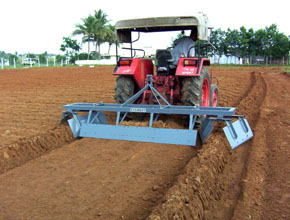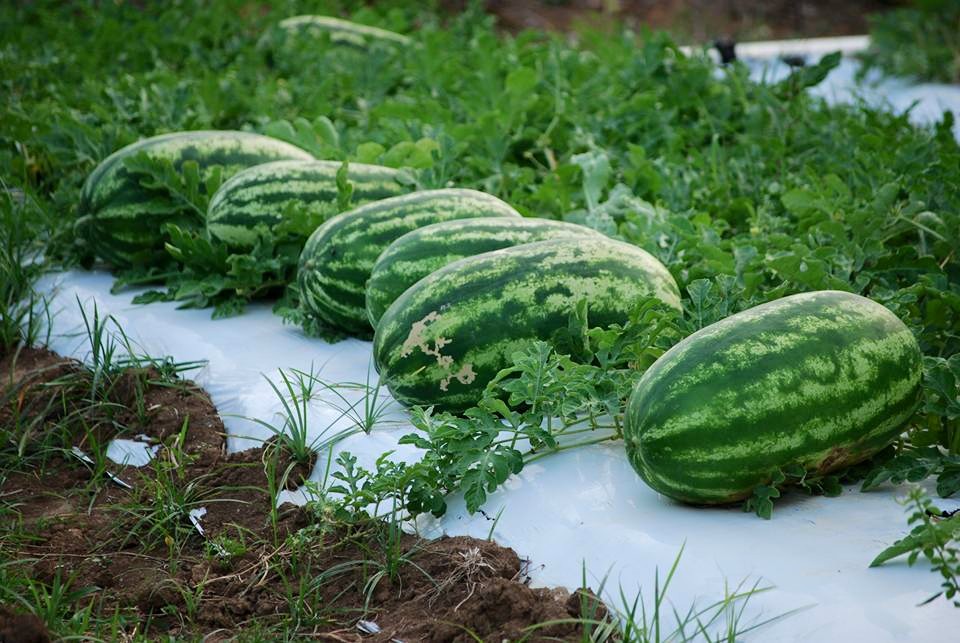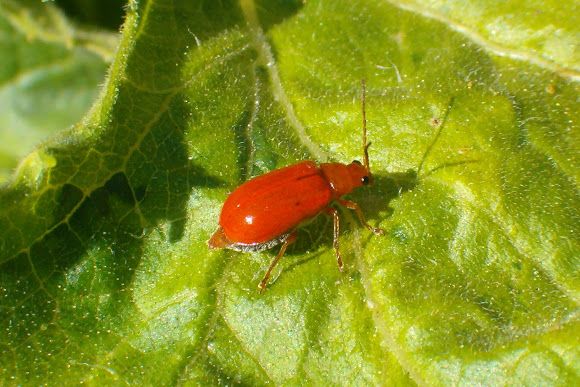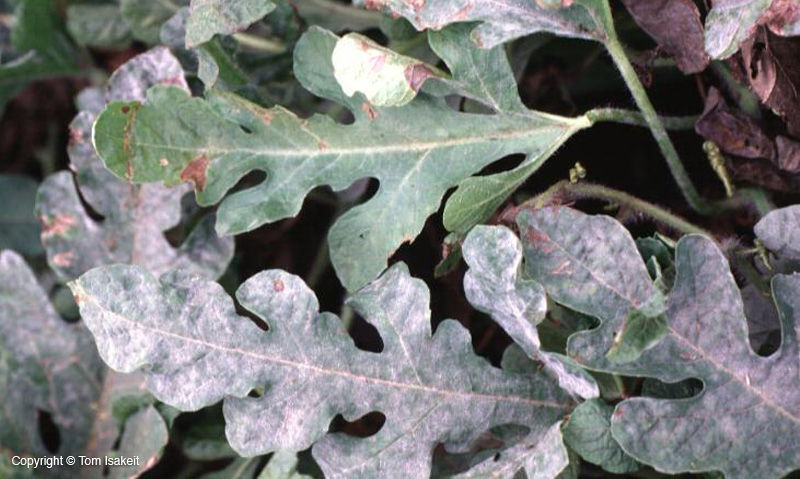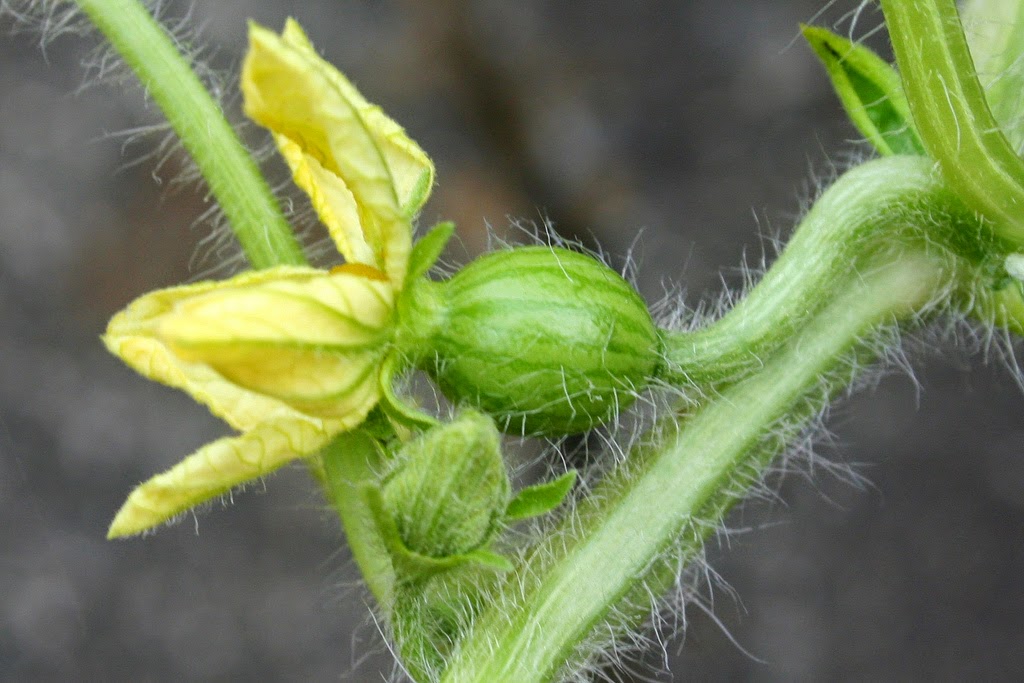- The time of sowing watermelon is from November to March.
- After the November to December sowing time, the plant should be protected from frosting. This is the reason most sowing is done from January to March.
- In the hilly areas watermelons are sown from March to April.
Like and share with other farmers by clicking on button below
Share

